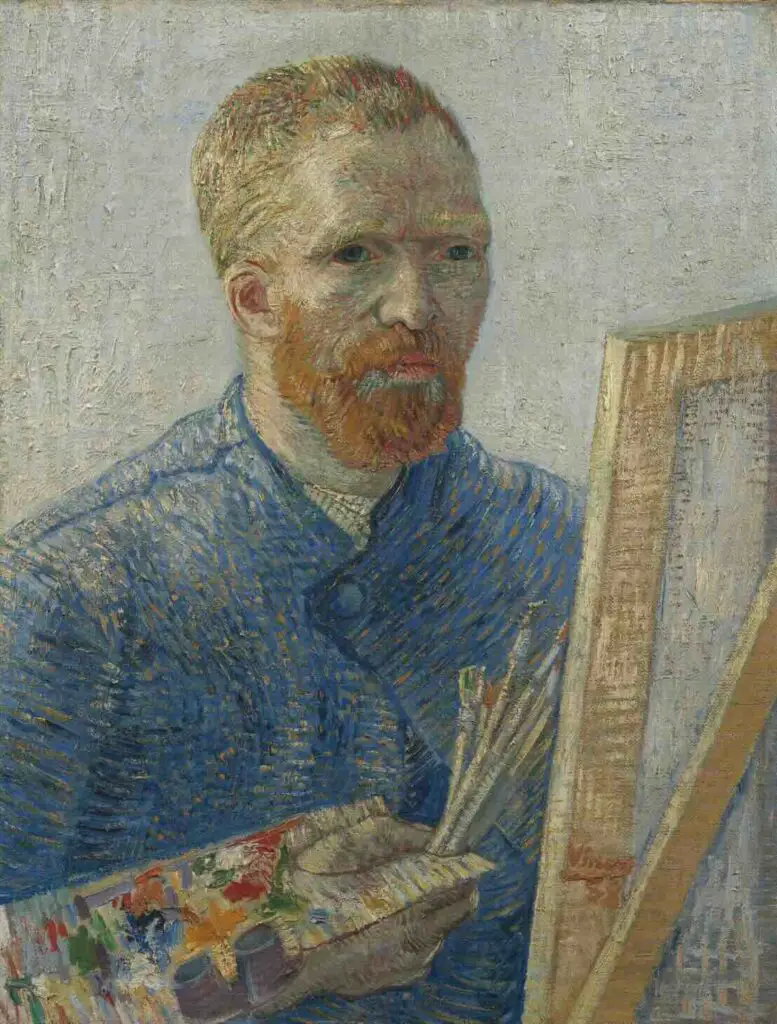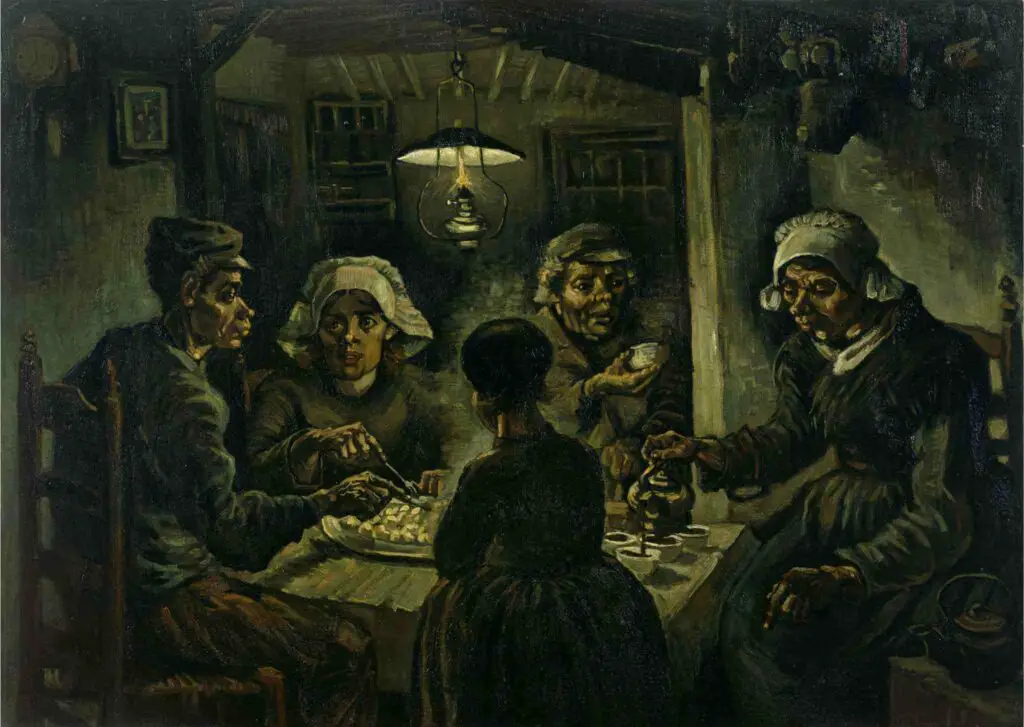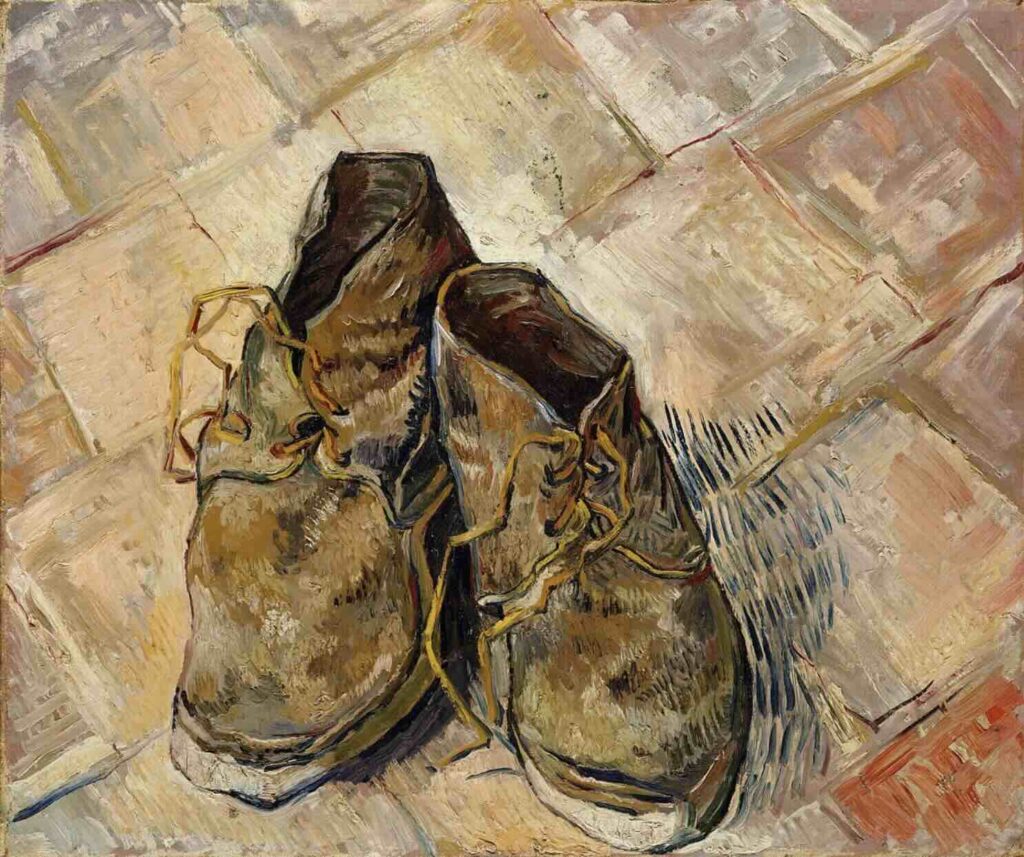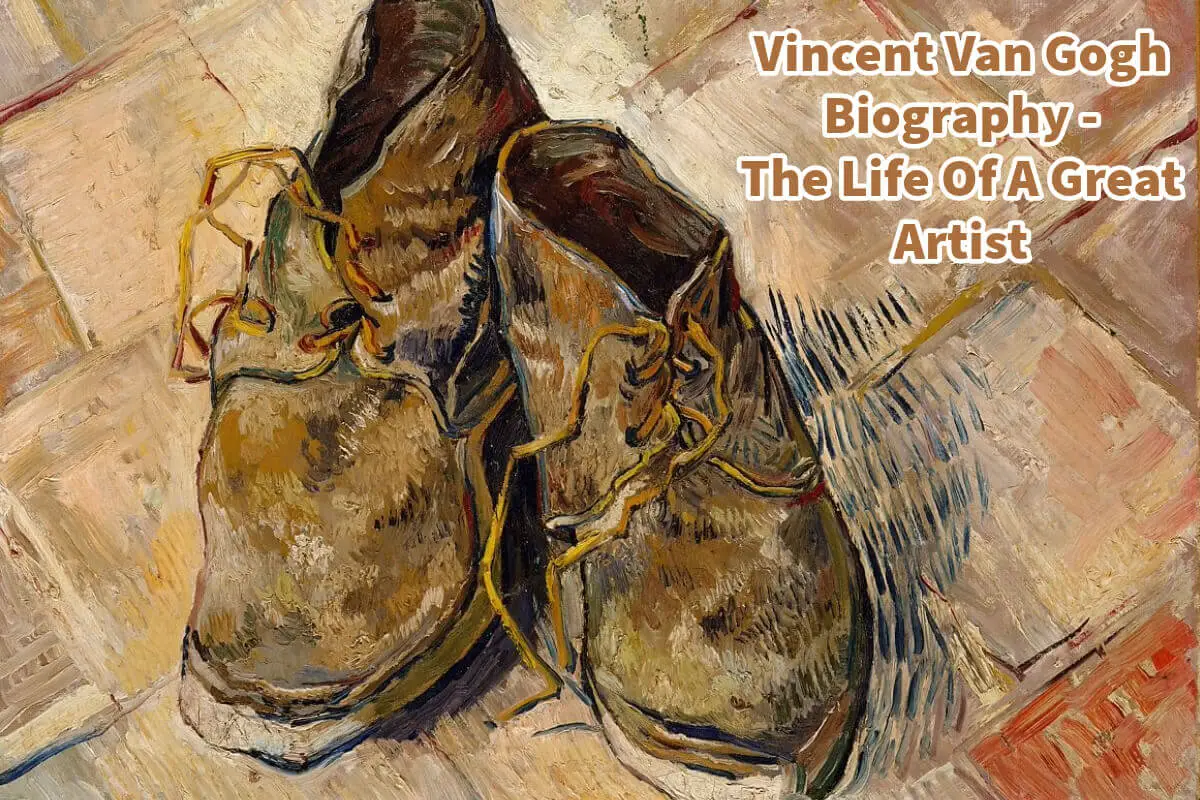Vincent van Gogh unquestionably stands as one of the most iconic and influential figures in the annals of Western art. He is one of my favorite artists.
Vincent Van Gogh’s distinct artistic style and techniques have etched an enduring legacy within the realm of art, serving as a wellspring of inspiration for countless artists and art lovers alike. Read on as we explore Vincent van Gogh’s artistic odyssey, charting the metamorphosis of his style and delving into the nuanced techniques that breathed life into his masterful creations.
Table of Contents
Vincent Van Gogh’s Art Style And Technique
Vincent van Gogh is undeniably one of the most iconic and influential artists in the history of Western art. His unique art style and technique have left an indelible mark on the art world, inspiring generations of artists and enthusiasts.
We will delve into the fascinating journey of Vincent van Gogh’s artistic development, exploring the evolution of his style and the techniques he employed to create his masterpieces.
Early Years: The Foundation Of Van Gogh’s Artistic Journey
Vincent van Gogh’s artistic journey began with humble roots. Largely self-taught, he began his career by diligently copying prints and studying nineteenth-century drawing manuals and books.
Van Gogh believed that mastery of drawing was fundamental to becoming a great painter. For him, the journey to becoming an artist started with the basics: black and white.
Before venturing into the world of color, van Gogh dedicated himself to perfecting his drawing technique.
He honed his skills in figure drawing and capturing landscapes in the correct perspective. This meticulous approach laid the foundation for his later works’ striking precision and composition.
It’s important to note that drawing held a special place in van Gogh’s creative process. Beyond being a means of artistic expression, it was a way for him to channel his inner struggles and emotions, particularly his battles with depression.

He could swiftly capture light and imagery through drawing, often sketching out his vision before translating it onto canvas.
Van Gogh’s drawings remarkably convey figures, light, and landscapes, even without color. He employed various drawing tools, including pencil, black chalk, red chalk, blue chalk, reed pen, and charcoal, often mixing these mediums to achieve the desired effect.
His choice of paper and materials was dictated by what was readily available, reflecting his resourcefulness and determination.
In addition to his extensive drawing portfolio, van Gogh ventured into watercolor painting, producing nearly 150 works during his lifetime. While these pieces lacked the signature brushstroke textures in his later oil paintings, they were unmistakably van Gogh due to their bold and vibrant colors.
Initially, watercolors served as a means to add shades to his drawings, but as he continued experimenting, they evolved into standalone works of art.
In 1882, van Gogh explored lithography, creating ten graphic works, including nine lithographs and one etching. Notably, “The Potato Eaters” was reproduced as a lithograph to reach a broader audience and generate income, underscoring his dedication to his craft and financial stability.

Middle Years: Influence And Transformation
In the middle years of van Gogh’s career, he marked a significant transformation in his art style. His early work often featured dark and gloomy colors, reflecting the subjects he depicted—miners and peasant farm laborers. However, his journey took a dramatic turn when he relocated to Paris in 1886.
Paris proved to be a pivotal point in van Gogh’s artistic evolution. He was exposed to the work of the Impressionists and Neo-Impressionists, which profoundly impacted his palette and technique. The darker hues gave way to a lighter, more vibrant range of colors, including reds, yellows, oranges, greens, and blues.
Van Gogh embraced the broken brushstrokes characteristic of Impressionism, adding a sense of movement and dynamism to his compositions.
He also experimented with the pointillist technique employed by Neo-Impressionists, where contrasting dots of pure color interact optically to create a harmonious blend of colors. This experimentation is evident in works like “Self-Portrait with a Straw Hat” (1885).

Japanese prints were another significant influence on van Gogh during this period. He began incorporating dark outlines around objects, filling them in with areas of thick, bold color.

His choice of colors was often dictated by his emotions and moods, sometimes deliberately restricting his palette, as seen in “Sunflowers,” which is dominated by varying shades of yellow.
Advanced Years: A Profound Artistic Transformation
Vincent van Gogh’s advanced years were marked by profound artistic transformation and a deep exploration of his inner self. He produced over 30 self-portraits between 1886 and 1889, showcasing his ongoing pursuit of complementary color contrasts and bolder compositions.
His collection of self-portraits solidifies his status as one of the most prolific self-portraitists in art history.
In 1888, van Gogh moved significantly from Paris to Arles, where he lived with fellow artist Paul Gauguin. This shift in location and influence profoundly impacted their respective styles.
They used jute for their canvases, leading to the application of thick paint and heavier brushstrokes, adding a new dimension to their works.
During this time, van Gogh began adopting Gauguin’s technique of painting from memory, resulting in less realistic and more emotionally charged paintings.
He used colors to replicate reality and express his innermost feelings and emotions. This approach set him apart from his contemporaries, as he explained, “Instead of trying to reproduce exactly what I see before me, I make more arbitrary use of color to express myself more forcefully.”
Inspired by the Provençal spring, van Gogh created a remarkable series of 14 orchard paintings in less than four weeks. These works reflect his changing style and technique as he painted outdoors and experimented with new approaches.
The influence of Japanese prints remained evident, with dark outlines and bold colors dominating his compositions.

In pieces such as “Oleanders” and “Shoes,” van Gogh’s imagery and emotional connection to his subjects are palpable. These paintings are a testament to his evolving art style, which prioritized the expression of mood and emotion over a strict adherence to realism.

Vincent Van Gogh’s Enduring Legacy
Vincent van Gogh’s art style and technique are a testament to his relentless pursuit of artistic excellence and unwavering commitment to self-expression. His journey from humble beginnings to becoming an art history icon is marked by experimentation, transformation, and a deep emotional connection to his subjects.
From his early dedication to mastering drawing to his immersion in the vibrant palette of Impressionism, and finally, to his bold and emotionally charged compositions in his advanced years, van Gogh’s art continues to captivate and inspire.
His works serve as a reminder of the power of art to convey the depth of human emotion and the essence of the human experience.
Vincent van Gogh’s legacy endures through his paintings and the profound impact he has had on the world of art. His bold brushstrokes, vibrant colors, and unapologetic self-expression continue to resonate with art enthusiasts and artists alike, reminding us of the enduring power of creativity and the artist’s indomitable spirit.
Anita Louise Art is dedicated to art education, great artists, and inspiring others to find and create their art. We love art that uplifts and inspires. #ArtToMakeYouSmile! #ArtToMakeYouHappy!
If you want to see any of my art, you can find out more by clicking here. If you are interested in what inspires me and my paintings, you can discover more by clicking here.
We have a free newsletter and would love you to be part of our community; you can subscribe to the newsletter by clicking here. If you have any questions, I would be happy to talk to you anytime. You can reach me, Anita, by clicking here.
Subscribe to our Anita Louise Art YouTube Channel with great videos and information by clicking here.
Join us for our podcast “5 Minutes With Art.” Spend just 5 minutes a week with us to discover and learn about great art and artists. You can find out more about our podcast by clicking here.
Related Questions
How Much Is Van Gogh’s Starry Night Worth, And Other Facts
Vincent van Gogh’s Starry Night painting is considered priceless; many have estimated that the artwork is worth over 100 million US dollars. The Museum of Modern Art in New York City has had the painting in its collection since 1941.
By clicking here, you can discover more by reading How Much Is Van Gogh’s Starry Night Worth, And Other Facts
What Was The Impact Of Vincent Van Gogh On The Art World?
Van Gogh used color, form, and emotions in his art. He had a bright palette that was individualized for his time. Even though he did not see a lot of success during his life after he died, the impact of his art can be seen in both the Expressionism and Fauvism movements that were taking place in Europe.
By clicking here, you can learn more by reading What Was The Impact Of Vincent Van Gogh On The Art World?
Why Is Van Gogh Considered Such a Great Artist?
Vincent Van Gogh Starry Night painting is considered priceless; many have estimated that the price is worth well over 100 million US dollars. The Museum of Modern Art in New York City has had the painting in its collection since 1941.
By clicking here, you can discover more by reading Why Is Van Gogh Considered Such a Great Artist?


